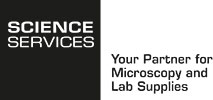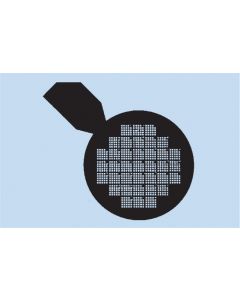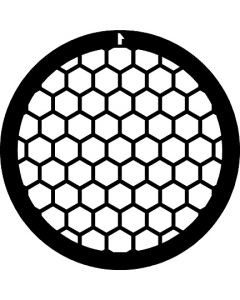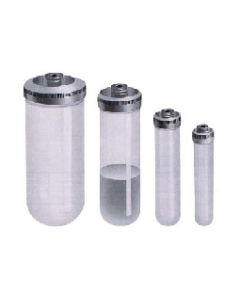DER 332-732
Three different mixtures: one for relatively soft blocks, another for harder blocks for collagenous tissue, and a tougher one if required.
Product Details
Description
Introduction
This kit combines two epoxy resins, DER 332, a very pure and uniform epoxy having a low viscosity, and DER 732, a polyglycol diepoxide which imparts softness and flexibility to the polymers of conven-tional epoxides, but does not cause shrinkage or serious loss of strength. Together with their curing agents, this kit produces a standard amber-colored block which can be trimmed and sectioned easily.
Recommended Procedure
Fixation: Tissues can be fixed in a wide range of fixatives. One of the more commonly used fixatives is an alde-hyde (i.e.: glutaraldehyde) followed by osmium tetroxide.
Dehydration: There are many different dehydration schedules that can be followed. A typical one is as follows:
- 70% Ethanol for 10 minutes
- 100% Ethanol for 10 minutes100% Ethanol for 15 minutes
- 100% Propylene Oxide for 15 minutes
- 100% Propylene Oxide for 15 minutes
**NOTE: Longer times may be required for some samples.
Mixing Instructions:
| Components | Softer | Harder | Tougher, Soft | A/E Ratio* |
| DER 332 | 7m | 7ml | 6ml | 7ml |
| DER 732 | 3ml | 2ml | 3ml | 3.2ml |
| DDSA | 5ml | 5ml | 10ml | 8ml |
| DMP 30 | 0.3ml | 0.28ml | 0.38ml | 0.3ml |
(FOR LARGER BATCHES INCREASE EACH COMPONENT PROPORTIONALLY)
Slight variations of the accelerator (DMP-30) will drastically affect the color and brittleness of the block.
Prior to measuring and mixing, the resin and the anhydride should be warmed (60°C) to reduce their viscosity. Thorough mixing is imperative to be able to achieve uniform blocks.
Although the mixture can be stored for up to 6 months at 4°C it is highly recommended that freshly prepared embedding medium always be used. If you choose to store the mixture you should warm it thoroughly prior to adding the accelerator.
Infiltration:It is recommended that for all of the infiltration steps a specimen rotator be used.
- Drain the tissue of most of the propylene oxide, leaving a little so the tissue does not dry out.
- Replace the solvent with a 1:1 solution of propylene oxide:embedding medium and allow it to stand for at least 1 hour at room temperature.
- Remove the mixture, replace it with 100% embedding medium and leave for 6-12 hours at room temperature.
Embedding:This may be done in embedding capsules #E70020 or a flat embedding mold #E70900).
Transfer each sample to a dry capsule or mold and fill the mold with embedding medium. Curing of the medium may be carried out in an oven at 37°C, 45°C, and 60°C for 24 hours at each temperature.
Blocks can be trimmed and sectioned after the blocks return to room temperature.
*This formula was suggested by Bluemink(1970) in accordance with the recommendations of Coulter(1967) concerning anhydride/epoxy ratios.
References
Lockwood, W.R.(1964), Anatomical Record, 150, 129.Bluemink, J.G.(1970), J. Ultrastruct. Res. 32, 142.
More Information
| Application |
Embedding
|
|---|---|
| Base |
Epoxy
|
| Mandatory sign |
Tightly sealed goggles

Protective gloves

|
| Signal word |
Warning
|
| Symbol GHS |
GHS07

|
| Component Parts | 2x225ml DER 332, 225ml DER 732, 450ml DDSA, 50ml DMP-30/BDMA |
| Shipping Class |
Hazardous Good LQ
|
| Storage Temperature |
RT
|
| SDS (multilingual) | E13030, E13010 |
| SDS (multilingual) | E13710 |
| SDS (multilingual) | E13600 |
| SDS (multilingual) | E11400 |









